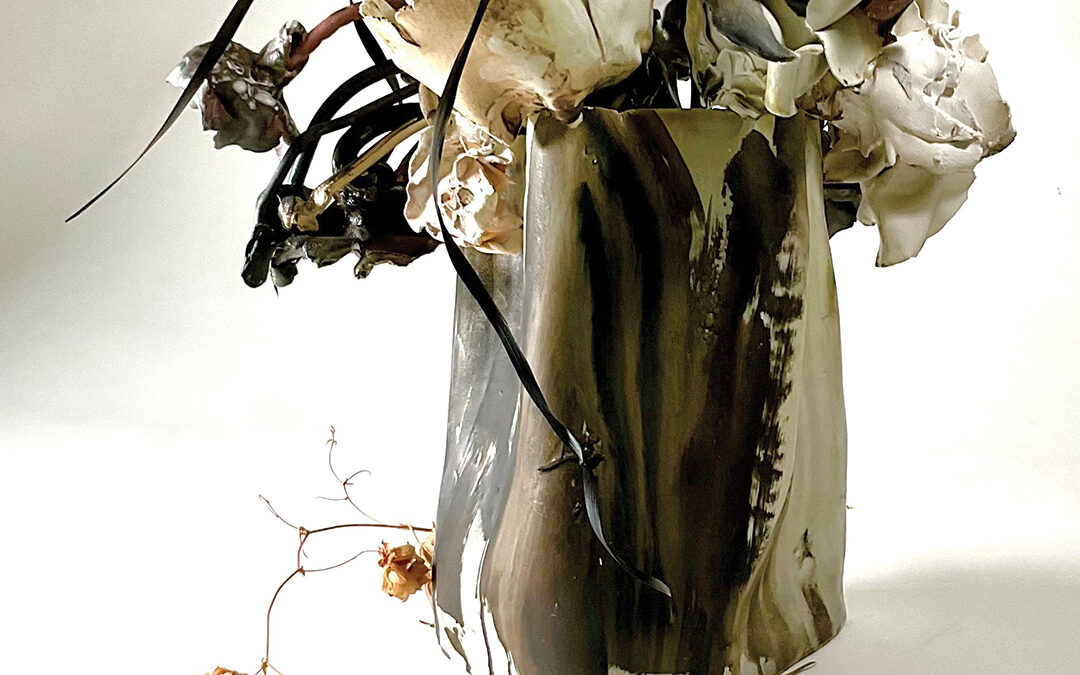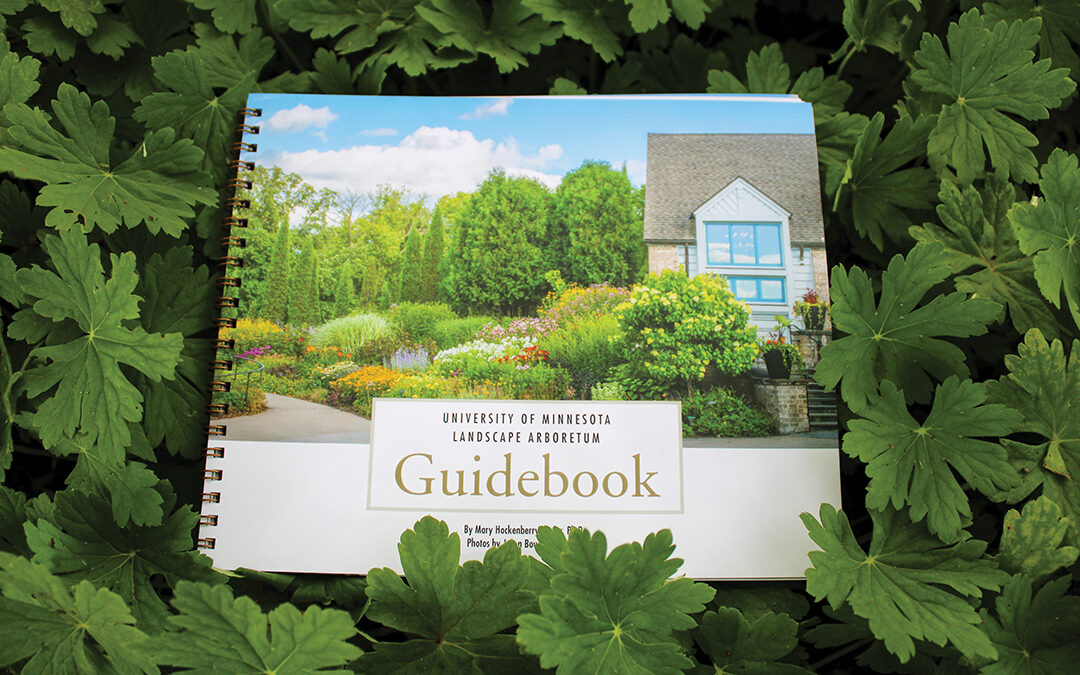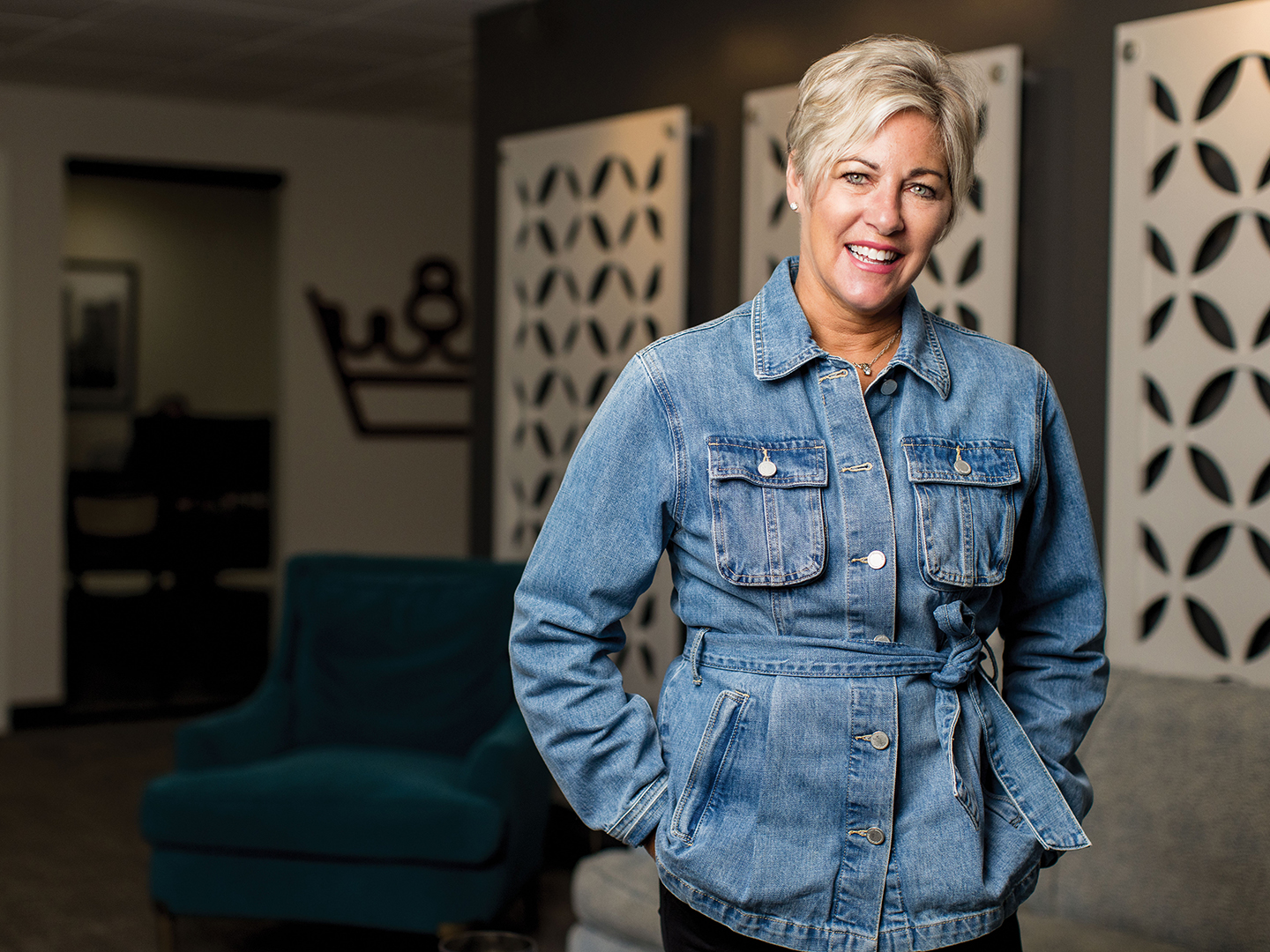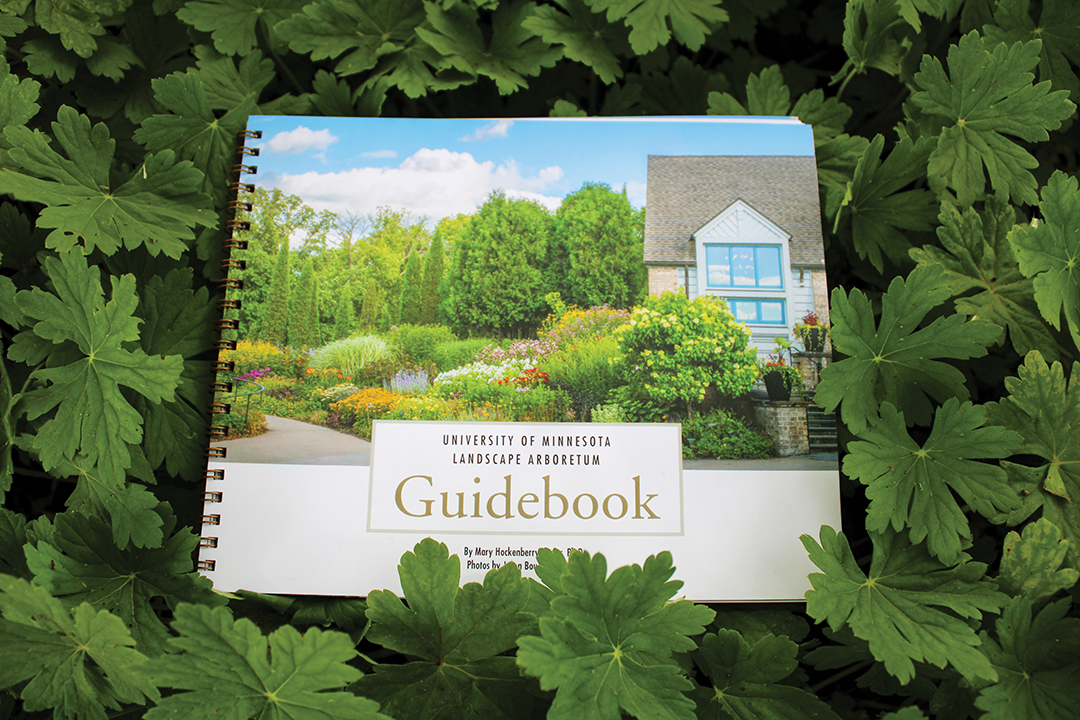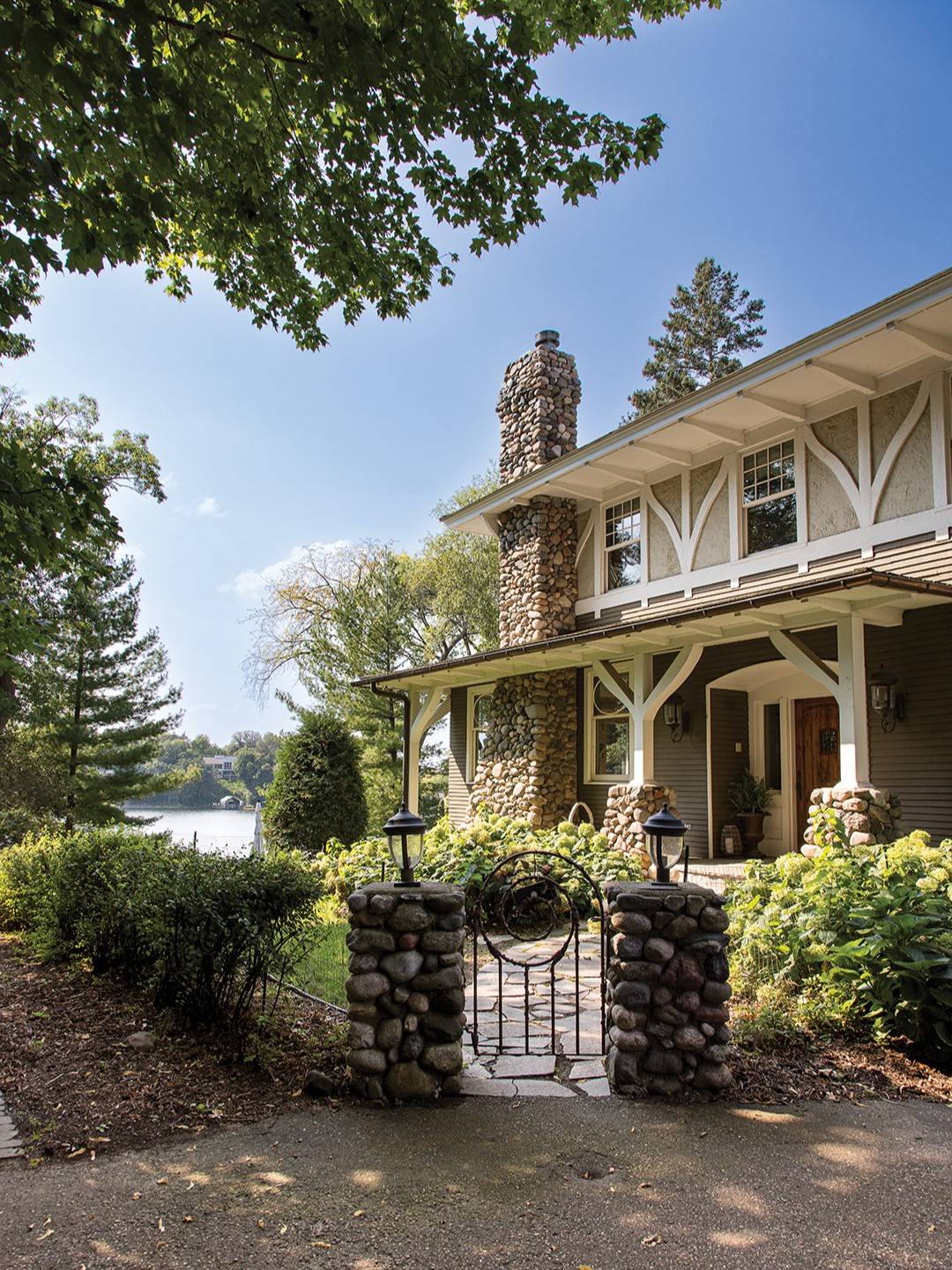
Photos: Chris Emeott
Workbook helps children process their anger.
After 12 years practicing as a mental health clinician specializing in children, Christina Kress says she noticed a lot of parents were bringing their children to Minnetonka Counseling with the same dilemma: Their children didn’t know how to process their anger.
Kress drew on her experience with past patients, as well as her background in Dialectical Behavioral Therapy (DBT), to author The Anger Workbook for Kids: Fun DBT Activities to Help You Deal with Big Feelings and Get Along with Others, which aims to help 7 to 12 year olds learn to process the complex emotion of anger.
“One size doesn’t fit all, necessarily,” Kress says when describing the workbook’s strategies. “A lot of the activities in the book are things I’ve done directly with clients before. [That’s something] I really like about the book too because it means I know it has worked before, and kids are going to be able to use it.”
Kress says kids don’t learn by repeatedly being told what to do; they learn by trying and practicing. All the activities have an “apply it to real life” component that kids can try at home or school. “It might be like, ‘Here’s a way to try managing your anger, now go and practice it three times and write down on the worksheet what you noticed happened,’” Kress says. “Encouraging the kids to practice is very important.”
Many of the activities in the workbook derive from the “B” or “behavioral” aspect of DBT, asking kids to analyze the behavior of both themselves and others. “We all get into states of mind where our emotions are in charge. That’s called emotional mind,” Kress says. “And then we all get into a place where we’re not thinking about other people’s emotions at all, and we call that rational mind.” Ideally, Kress says, we should aim for something in the middle, a balance.
The Anger Workbook for Kids can be found on amazon.com in the parenting and self-help categories. Kress says this is because parental guidance is a key aspect of success. “Kids that are really angry, they’re scared,” she says. “They don’t know why they’re so angry, so they need a parent or an adult to explain to them what’s going on … It doesn’t come naturally to every kid how to manage their emotions.”
 Model Behavior
Model Behavior
Kress says parental engagement in their child’s therapy is key. “I only work with the kid once a week for an hour, and then they have their life and their parents,” she says. “So, it’s really important their parents understand and try some of this stuff with them at home.”
What do some of these at-home activities look like?
Model: Kress says that being a good role model for your kids is one of the first things she recommends. “That can mean talking or describing out loud what’s going on inside of [your head] as an adult. Like, ‘Oh, I’m so frustrated! We’re going to be late!’” Kress says, adding that addressing these emotions out loud helps kids see that they’re a normal part of human experience.
Label: “Name it to tame it” is a phrase coined by psychologist Daniel Siegel that Kress employs, too. “There’s a lot of research that supports just naming an emotion can start to help reverse the effects of it,” Kress says.
Listen: Kress says it’s also important to keep in mind that kids are still developing emotional intelligence and oftentimes don’t process their emotions as quickly as adults. “I think that it’s much more helpful to kids when the adults can start by listening to what’s going on before they move into the learning phase,” Kress says. “They can start with listening and validating.”

